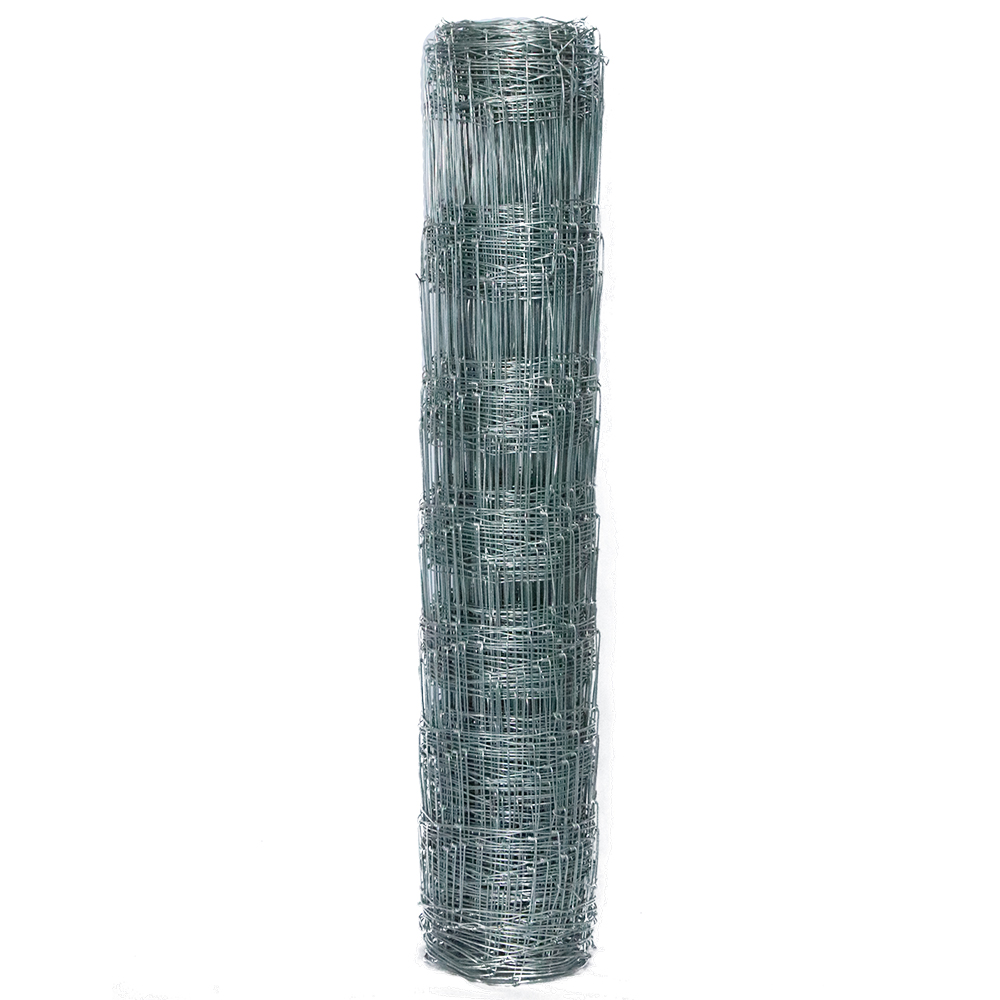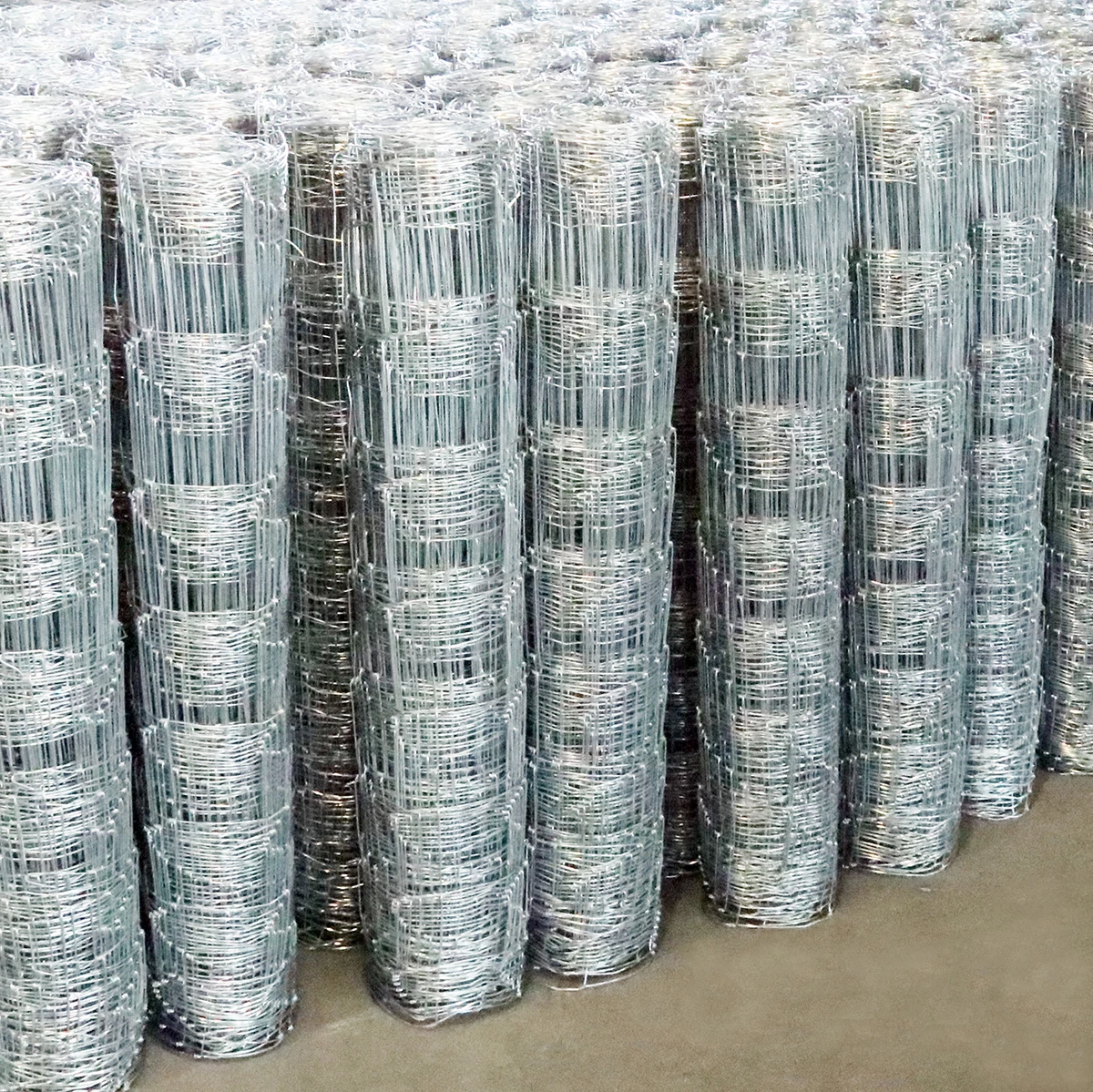Affordable Wire Netting Options Available for Your Fencing and Gardening Needs Today
Jul . 27, 2024 02:35
Exploring Wire Netting for Sale An Essential Guide
Wire netting, also known as wire mesh or wire fencing, serves a multitude of purposes across various industries and applications. From agriculture to construction, and even in home landscaping, wire netting has become an indispensable material. This article will delve into the types, uses, benefits, and considerations when looking for wire netting for sale.
What is Wire Netting?
Wire netting consists of strands of metal wire that have been welded or woven together to form a mesh structure. The dimensions of the wire netting can vary, including different wire thicknesses, mesh sizes, and patterns. Common materials used for wire netting include galvanized steel, stainless steel, and PVC-coated wire, offering strength and durability for different environments.
Types of Wire Netting
1. Welded Wire Fencing This type features wires that are welded together at the intersections, providing a strong and rigid structure. It's ideal for animal enclosures, gardens, and security fences. 2. Woven Wire Fencing As the name suggests, this wire mesh is woven together, allowing for more flexibility. It is often used in agricultural settings to keep livestock contained while allowing for some visibility.
3. Chain Link Fencing Made from interlocking steel wire, chain link fencing is a cost-effective choice for security and visibility. It’s commonly used in commercial properties and sports fields.
4. Hexagonal Wire Netting Often utilized for poultry fencing, this type has a hexagonal mesh that provides adequate containment for smaller animals and is also used for erosion control in landscaping.
Uses of Wire Netting
The versatility of wire netting means that it can be used in various applications - Agriculture Protecting crops from pests, enclosing livestock, and creating garden barriers. - Construction Reinforcing concrete structures and ensuring safety during building projects. - Home Improvement Landscaping structures, such as garden trellises or decorative barriers, and providing safety for swimming pools. - Industrial Use Storing materials in warehouses and managing inventories through portable fencing solutions.
wire netting for sale

Benefits of Wire Netting
1. Durability Most wire netting is designed to withstand harsh weather conditions and resist corrosion, especially galvanized and stainless steel options. 2. Cost-Effectiveness Compared to more permanent structures, wire netting offers a budget-friendly solution for various applications. 3. Versatility Wire netting can be easily adapted for a wide assortment of uses, making it an excellent choice for both temporary and permanent structures. 4. Ease of Installation Many types of wire netting can be quickly and easily installed, often requiring minimal tools and equipment.
Considerations When Buying Wire Netting
When looking for wire netting for sale, there are several factors to consider
1. Purpose Clearly define the intended use of the wire netting. Understanding the specific requirements will help determine the type and strength of the material needed.
2. Material Choose the right material based on environmental conditions. For example, PVC-coated wire offers additional protection against corrosion.
3. Mesh Size and Wire Gauge Depending on the application, the mesh size and wire thickness can significantly impact effectiveness. Smaller mesh is ideal for smaller animals, while larger mesh may suffice for agricultural fencing.
4. Budget Determine a budget before shopping. Prices can vary based on material and gauge, so having a budget in mind will help narrow down choices.
Conclusion
In conclusion, wire netting is an incredibly versatile and practical material that serves numerous functions across different sectors. Whether for residential, agricultural, or industrial use, understanding the types and benefits of wire netting will help consumers make informed decisions. When looking for wire netting for sale, consider your specific needs, the environment in which it will be used, and your budget to find the perfect solution for your project.









 Unity
Unity Creation
Creation Challenge
Challenge Contribution
Contribution










